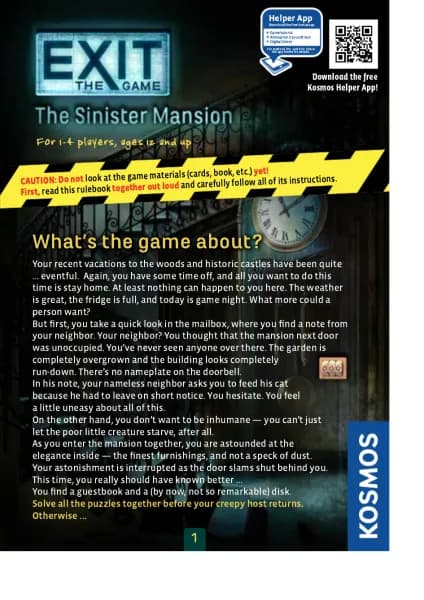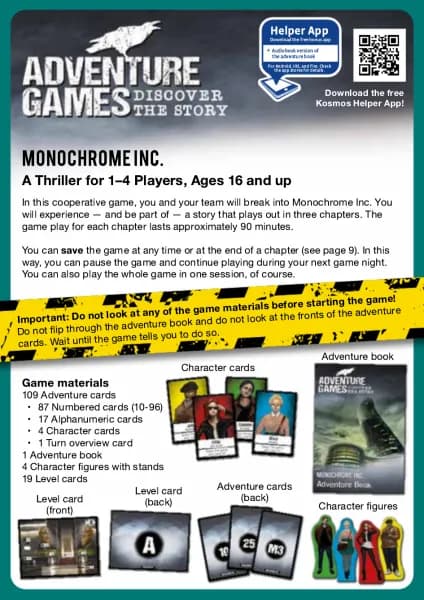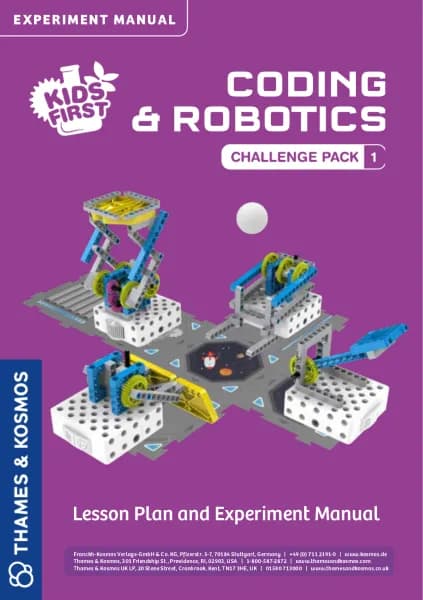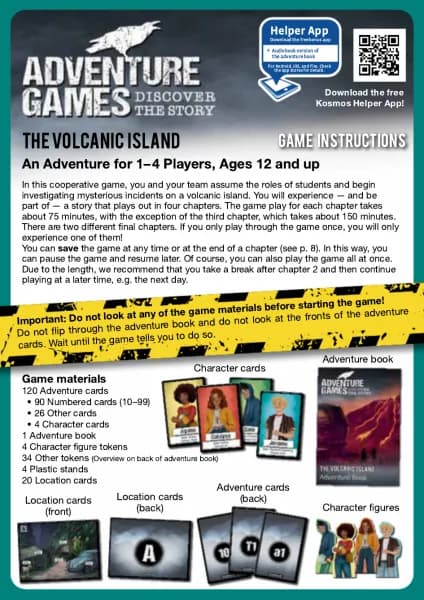Thames & Kosmos Chem C1000 handleiding
Handleiding
Je bekijkt pagina 7 van 19

Information for Parents and Adults
What you need to know about chemistry experiment kits
With Chem C1000, children can take their rst steps into a eld of study that may
not yet be part of their regular curriculum in school, but, as experience shows,
fascinates children who are curious, have fun discovering new things, and want to
know what causes the phenomena they encounter in their everyday environment.
Chem C1000 provides an engaging introduction to chemistry, bridging the realms
of play and learning. The experiments can be done without previous knowledge of
chemistry or lab experience because the experimental procedures are described in
detail in this manual.
The experiment kit makes it possible to perform 125 simple, exciting, and instructive
experiments ranging from creative experimentation with color on paper to tracking
down a notorious climate-changing molecule in a number of dierent places.
It is normal to have questions about the safety of a chemistry experiment kit. You
know that improper use of chemicals can lead to injuries or other health risks. This
kit complies with all applicable U.S. consumer product safety regulations, including
those for chemistry sets. Moreover, this kit complies with the more rigourous
European safety standard EN 71-4, in which the safety requirements for chemistry
experimental kits are established, to reduce risks to a minimum. This standard forms
the reliable basis of all Thames & Kosmos chemistry experiment kits. The standard
contains requirements for the manufacturer — for example, the requirement that no
particularly hazardous substances can be used. They also require the manufacturer
to carefully inform the parents or adult supervisors of the possible hazards and to
require them to accompany their children in their new hobby with a helping hand.
Therefore, please read all of the safety information prescribed by EN 71-4 listed
in the box on the right as well as the advice below. Emphasize to your child the
importance of following all of this information, and the importance of carrying out
only the experiments that are described in this manual.
The safety rules (pages 6-7), the information about hazardous substances and
mixtures (pages 7-8), and the safety information accompanying each experiment
inform you of the risks and help you evaluate the suitability of each experiment for
your child. In case anything should happen, please nd the rst aid information and
the poison control center contact information on the inside front cover. To avoid
injuries please inform your child how to handle the angled glass tube on page 12
(place it into the rubber stopper and remove it from the stopper).
Instructions for setting up the work area are described on page 10. Proper waste
disposal techniques are on page 75. A list of additional materials required can be
found on page 13.
We advise you to carry out the experiments in the prescribed order, since the
knowledge of working techniques described in the earlier experiments is a
prerequisite for the later ones.
We wish your young chemist, as well as you, a lot of fun and success with the
experiments!
5
Safety Information
Tips and information for you and
the child performing experiments.
• Safety Rules (p. 6 – 7)
• Hazardous Substances and
Mixtures/Chemicals (p. 7 – 8)
• Setting up the Work Area
(p. 10)
• Handling the Angled Glass
Tube (p. 12 – 13)
• Additional Materials Required
(p. 13)
• Preparation of the Litmus
Solution (p. 14 – 15)
• Proper Waste Disposal (p. 75)
• Information about the Safety
Glasses (inside back cover)
• First Aid Information
(inside front cover)
• Poison Control Centers
(inside front cover)
Advice for Supervising Adults
A. Read and follow these instructions,
the safety rules and the rst aid
information, and keep them for
reference.
B. The incorrect use of chemicals can
cause injury and damage to health. Only
carry out those experiments which are
listed in the instructions.
C. This experimental set is for use only by
children over 10 years.
D. Because children’s abilities vary
so much, even within age groups,
supervising adults should exercise
discretion as to which experiments
are suitable and safe for them. The
instructions should enable supervisors
to assess any experiment to establish its
suitability for a particular child.
E. The supervising adult should discuss
the warnings and safety information
with the child or children before
commencing the experiments. Particular
attention should be paid to the safe
handling of acids (e.g. citric acid), alkalis
(bases, e.g. sodium carbonate) and
ammable liquids (denatured alcohol).
F. The area surrounding the experiment
should be kept clear of any obstructions
and away from the storage of food. It
should be well lit and ventilated and
close to a water supply. A solid table with
a heat resistant top should be provided
(also see page 10).
Bekijk gratis de handleiding van Thames & Kosmos Chem C1000, stel vragen en lees de antwoorden op veelvoorkomende problemen, of gebruik onze assistent om sneller informatie in de handleiding te vinden of uitleg te krijgen over specifieke functies.
Productinformatie
| Merk | Thames & Kosmos |
| Model | Chem C1000 |
| Categorie | Niet gecategoriseerd |
| Taal | Nederlands |
| Grootte | 11336 MB |







